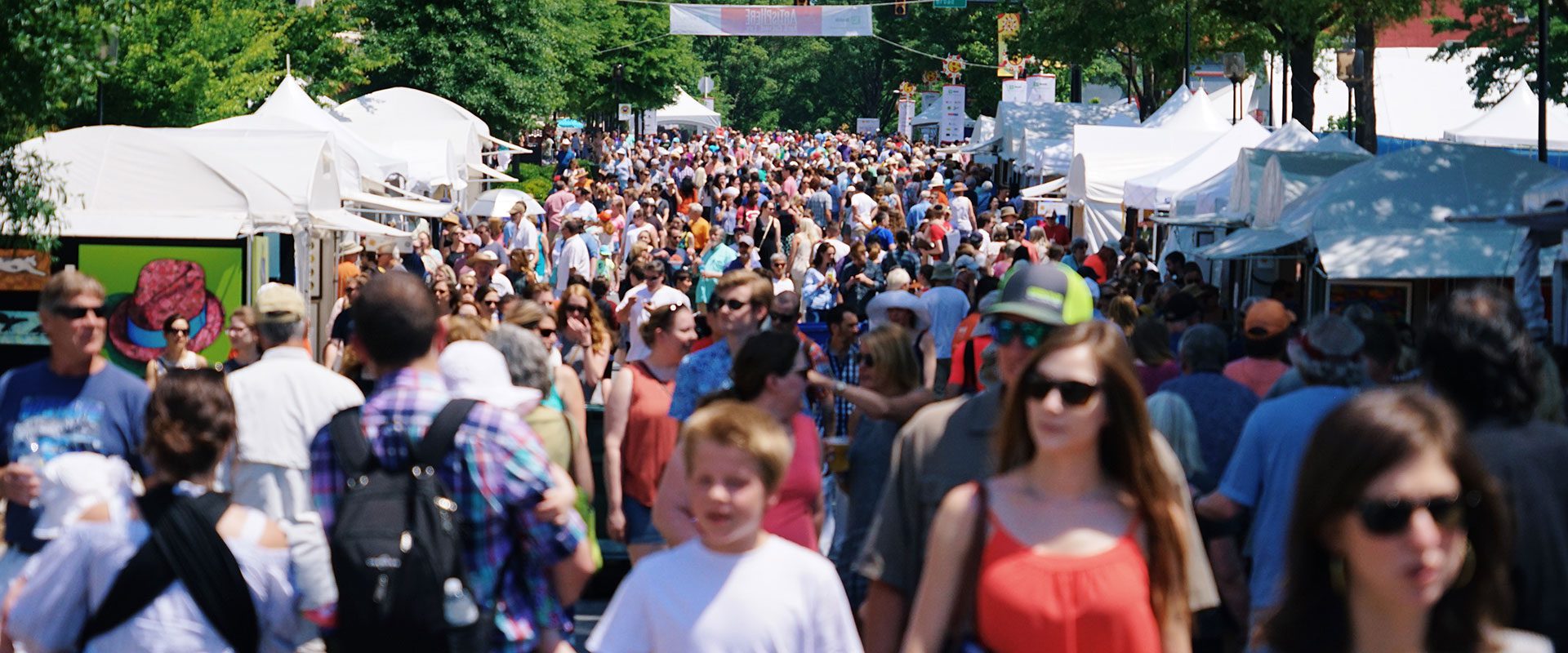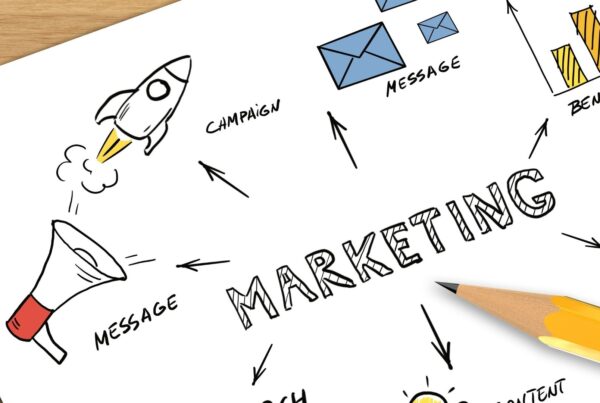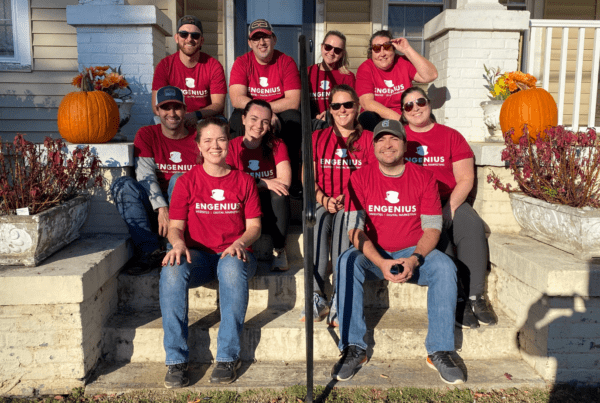Organizing an event is a massive task by itself. Filling it up with guests and attendees? Another massive task —but not one that’s impossible and with the right marketing techniques can even be easy.
To help you max out your attendance capacity and implement a marketing plan you’re proud of, we spoke with some of the best event marketing experts and Executive Directors from all over the world.
Their advice simmers down to 12 key pieces of knowledge:
1. Put on an Event People Want to Attend
We know, we know, how can this be advice – it should be common sense, but marketing is pointless if the product doesn’t deliver, and marketing wisdom says that the exposure will only amplify the shortcomings of the product.
This same wisdom applies to events. Marketing a poorly put-together event will only make your shortcomings more evident.
And unlike other industries, your competition often isn’t other events. It’s staying home.
“Events are competing with one another for guests, but they are also competing with life.” Colleen Troy of Touchpoint Communications points out. “It’s so much easier in today’s world to stay home and watch Netflix. So you have to design an event that will cause people to experience FOMO if they don’t show up. That comes from programming, programming, programming.”
Before investing loads of money into marketing, make sure you have an event loads of people will enjoy attending. Shift some of your marketing budget to talent and programing acquisition to ensure you’ve got the best lineup possible.
2. Know Your Audience
Second only to putting on a world class event, you need to know your audience as well as you know yourself.
Many directors and coordinators mistakenly attempt to put on events that suit their interests. They attract talent and exhibitions they enjoy.
And this works for some, but depending on the nature of your interests, this approach may put you flat on your face.
Marketing and event expert Ney Lins agrees: “Focus on people. Learn everything you can about your audience. Advertise where they are, create messaging that they would be interested in, engage them with campaigns around what they like.”
Liselle DeGrave of DeGrave Communications poses some crucial questions, “What do you know about your target audience? How do they consume their information? How old are they? How much money do they make? When are they available?”
Knowing the answers to these questions will guide your marketing strategy.
(We discuss this idea further in our recent post on marketing trends for 2020.)
3. Focus on Creating an Experience
A positive, memorable, and photo-worthy experience will create an event attendees are dying to get back to.
It also creates an event attendees talk about, blog about, post about, and share.
The event as a whole needs to be memorable, but in today’s digital media pandemic, you have the opportunity to create mini-moments within your event.
“People enjoy events with moments they can save and share,” says Jay Simms of J. Simms Events and Marketing. “Create photo-worthy moments and experiences that event attendees can quickly post to social media. This creates buzz and gets people talking and more interested in the event.”
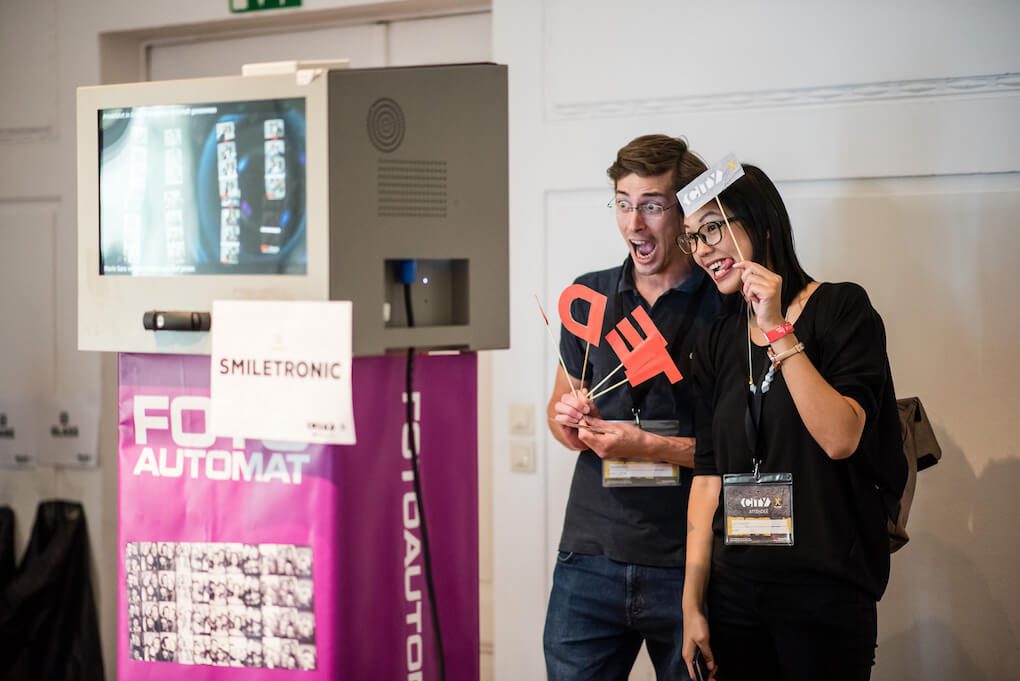
© TEDxVienna/Virag Buza (Source)
A memorable event is made up of memorable moments. Work these into your event planning and let your attendees take care of the marketing.
4. Invest in a User Friendly Website
Your website remains a critical piece of your marketing mix. You can’t afford to overlook it while focusing on the latest and greatest social media platform.
It should be at the heart of your marketing strategy. Your site has the potential to be compelling, informative, and useful in a way your other channels aren’t.
“If you’re going to spend marketing dollars, it is imperative to have a user friendly and interactive website,” says Alexandra Herrera, Marketing Coordinator at euphoria.
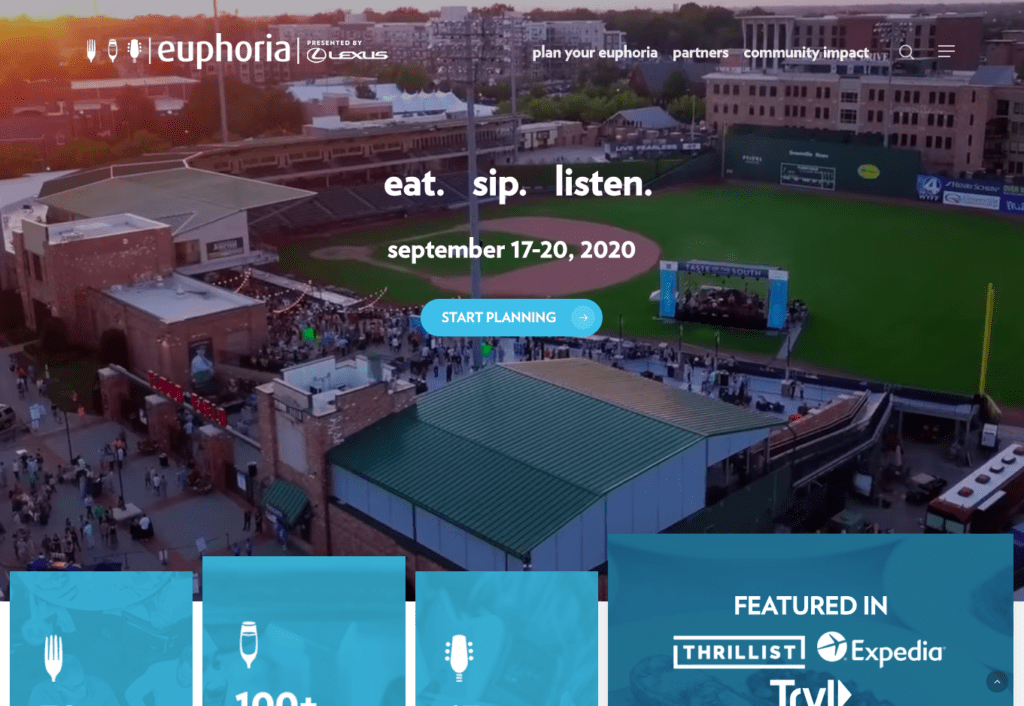
Your website is the perfect place to:
- Point attendees when they have questions that can’t be answered in social media snippets
- Show off beautiful photos and videos that Instagram can’t do justice
- Sell tickets
- Show off sponsors
- Feature content on vendors and exhibitions
- Help out-of-town guests find their way around your city
5. Create Buzz with a FOMO Strategy
No one wants to feel left out.
This natural fear is a marketing gold mine that events can tap into better than any other industry. Unlike products and services, events are finite. If you miss it, you have to wait a full year. Even then, the programing is never the same. Each time you host your event, you’re creating a once-in-a-lifetime experience.
Hima Pujara of Grupio offers some ideas in light of this, “Open bookings and offer discounts for a limited period. People who are in fix state will register for events at special discounts/offerings. Moreover, use simple and compelling subject lines like, ‘You don’t want to miss this event’ for your email marketing and social media campaigns or blog posts to generate curiosity about your event.”
Capitalize on the FOMO potential of your event.
6. Leverage Your Talent, Speakers, and Vendors
One of your event’s biggest assets is likely its talent and exhibits – groups and individuals who often have large and loyal followings.
Leveraging their fans can be a great tactic for growing your event.
Shane Hebynskl of 3 Cats Labs agrees, “Use your guest speakers, bands, or exhibitors as a channel. Encourage them to be telling anyone and everyone that they’ll be at your event.
Director of Artisphere, Kerry Murphy, provides some practical advice, “Use your vendors to help you spread the word and make it turnkey for them to do so. We provide seals or badges that include “Featured Artisphere Artist” that include our logo, presenting sponsor logo, date, location and website that can be used on different platforms (social, web, email). The look is consistent with our promotional campaign so the message is strong. We’ve found this super efficient and effective”
You can even appeal to guests with the content of your talent’s talks, performances, and exhibitions.
“…focus on their session’s outline to create promotional content for your event. This creates intrigue, interest, and may speak to your guests’ needs,” suggests William Taylor of VelvetJobs
7. Attract Influencers and Well Known Attendees
In the same vain, other attendees can help you create a memorable experience.
“The secret is to get influential people to show up,” says David Hooper of 23 Hours. “Once you have that domino, “normal” people follow. You have to make it an “event,” not something that will be replicated anywhere else (or by anything else). It’s 95% about the people there and the feeling people who are there get when they attend, not the content or activities.”
If your town or city has any local influencers, consider giving them free tickets to attend and free swag to share.
8. Don’t Be Afraid to Spend on Digital Advertising
Digital advertising can take many forms. Google Ads are popular, offering both search ads (think: the top few results you see on search engines) and display ads (think: the visual ads that follow you around to other websites).
Social media platforms also offer in-app advertising. Facebook and Instagram run the tables here, while LinkedIn and Twitter offer a more niche audience. These are easy (and often very affordable) ways to extend your reach and increase brand awareness.
Will someone come to your event just because they saw an online ad? Probably not – but it’s just one touchpoint that may put them over the edge or be the first of many that result in their attendance.
“When going for maximum discoverability, use Facebook and Google’s advertising network,” recommends Brian Robben, CEO of Robben Media. “Because almost everyone scrolls on social media and websites whether they’re 18 or 81, you’ll get your event in front of your ideal attendees and follow them around the internet using retargeting.”
Retargeting is an effective tactic. Most advertising networks will allow you to target those who have interacted with your brand before (whether on your site or with an ad).
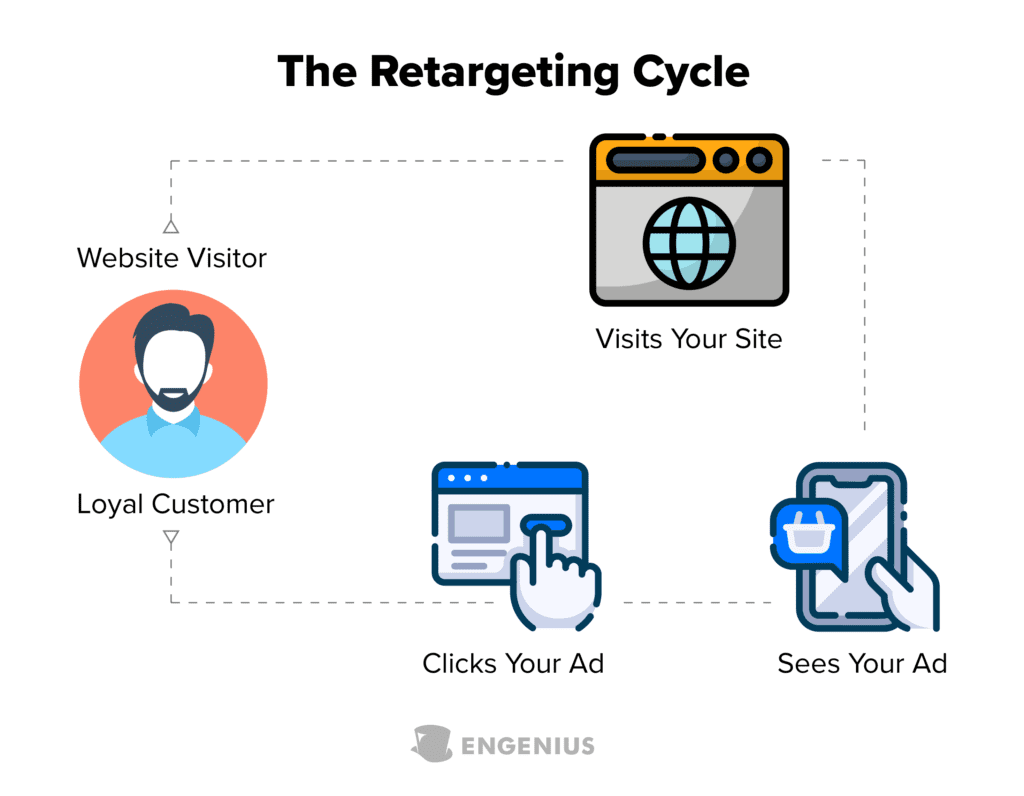
Brian continues, “Then, offer a special discount for those who sign up for the event’s newsletter. And in the off-season, send an email once a quarter to drum up interest for next year’s event. A simple digital ad that leads to an email capture page is all you need to drive attendance.”
But don’t just invest in the placement of the ad, the design is perhaps even more important.
Global Event Producer Melissa “Mel” Park says, “Design as if every piece of marketing is the first piece anyone is seeing. If you’re using a graphic in your digital channels, know that most people won’t read your accompanying post so be sure to include the most vital information in your graphic… If you don’t make it easy, you’ll lose them.”
9. Have Conversations on Social Media
There was a time when having conversations with brands on social media channels was an incredible touchpoint. But these days, it’s expected.
“Be sure you’re paying attention to social channels before, during and after the event. Some people will ask you on Facebook why they are stuck in traffic! You may not know, but expressing care in real-time makes a difference” recommends Colleen Troy of Touchpoint Communications
This is how you build loyal fans. Smaller events may be able to do this kind of social listening without any software, but larger events should invest in a social listening platform.
And don’t settle for a one-way conversation, create conversation among your attendees.
Adeel Shabir of GigWorker suggests hashtags for conversation and reach: “Create a hashtag for your event. Hashtags go a long way. If the audience is present at your event, they can use that specific hashtag to market your event out to the world.”
10. Optimize Your Event Listing for Search Features
SEO might not be the greatest channel for driving attendance to your event, but there are a few elements you should tap into.
One is the event listing or “event pack” feature:
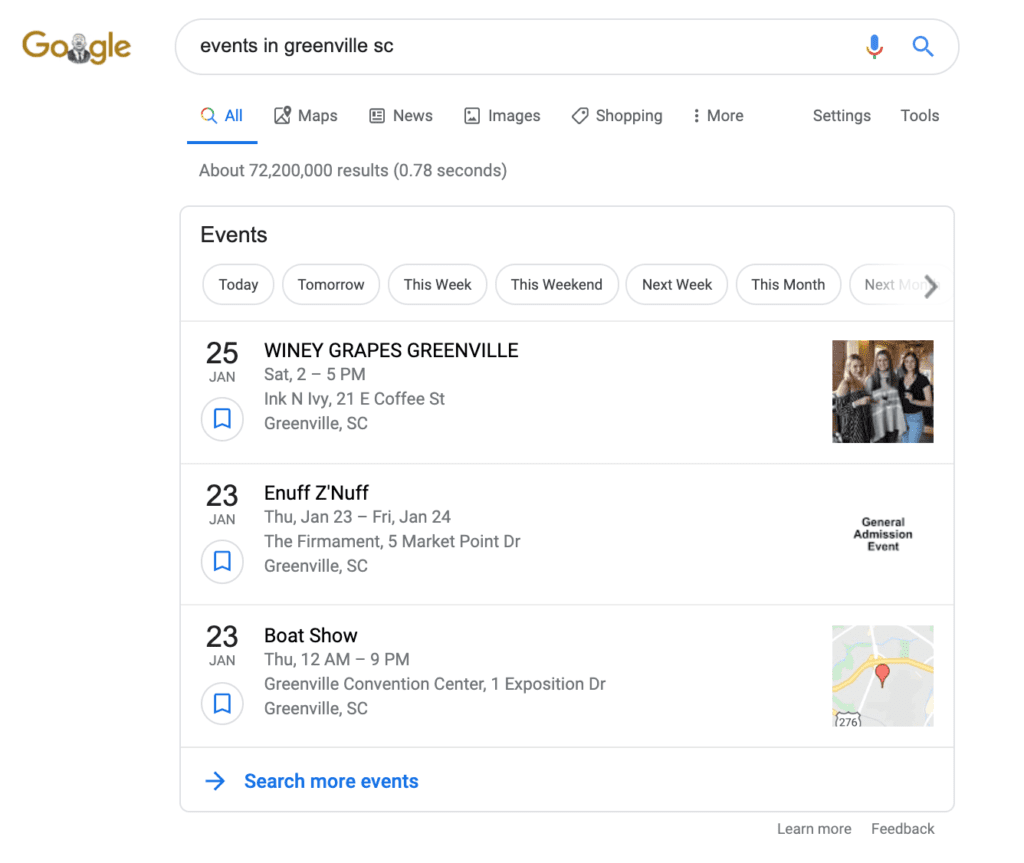
An event pack search feature
“If you’re planning an event, it’s essential that Google knows what you have scheduled in order to index and publish the information in their Event Enhanced Listings. This is an event function for their search engine that displays event details in location-based search results.” – Alex Membrillo of Cardinal SEO Company
Learn more about how to optimize your site to show in these kinds of searches.
11. Invest in Quality Photography and Videography
One of the best ways to market your event is to capture it well with high quality photography and videography.
Director of Artisphere Kerry Murphy says, “Nothing tells your event’s story better than photos or videos that put viewers in the festival atmosphere and give them all of the feels.”
“…invest in a good photographer and videographer and spend time putting together a shot list, “ Kerry adds, “You’ll want shots/videos of the crowd to give people an idea of the size and scope of your event. You’ll want close ups to put your audience right in the middle of the experience. You’ll want photos of the crowd seeing your sponsor signage as well.”
Marketing Coordinator at euphoria Alexandra Herrera agrees, “Unique, eye-catching photography & videography is key. From social media to print and digital ads to your website, photography is what catches people’s eyes and draws them to your website.”
12. Keep Excitement High In the Offseason
“Your biggest obstacle in the off-season will be staying relevant in the minds of your audience. It’s amazing how even a simple post about something that happened at last year’s festival, or something that will be coming up this year can build excitement. If you stay in front of your target audience’s eyeballs, they’ll remember the event is coming and be much more likely to attend,” says Anna DiTommaso, Owner of Creative80
Start as soon as your event is over – or perhaps before.
Shane Hebynskl of 3 Cats Labs agrees, “As for the off-season and the ramp up to the next event, that begins during the current or previous event. Get great images and video, get testimonials from attendees and exhibitors/speakers/performers while they’re at the event, and then use all that media in your vault to show people how great your event is to make them want to come to the next one.”
“Plan your post-event promotion efforts ahead of time,” suggests Callie Beard of Triad B2B Agency, “Whether that involves social media posts, blog articles, or press releases, know what photos you need to take and what quotes you need to get so that later on you’ve got enough content to cover the event. Promoting the event after-the-fact is often as important as promoting it before it happens, so going in with a plan ensures that all your bases will be covered.”
Kirby Lavallee of The Cake Girl adds, “Even in the off season we don’t back off from what we have going on. We are engaged in community events, doing things with the media, and continuing to engage with our fans online.”
